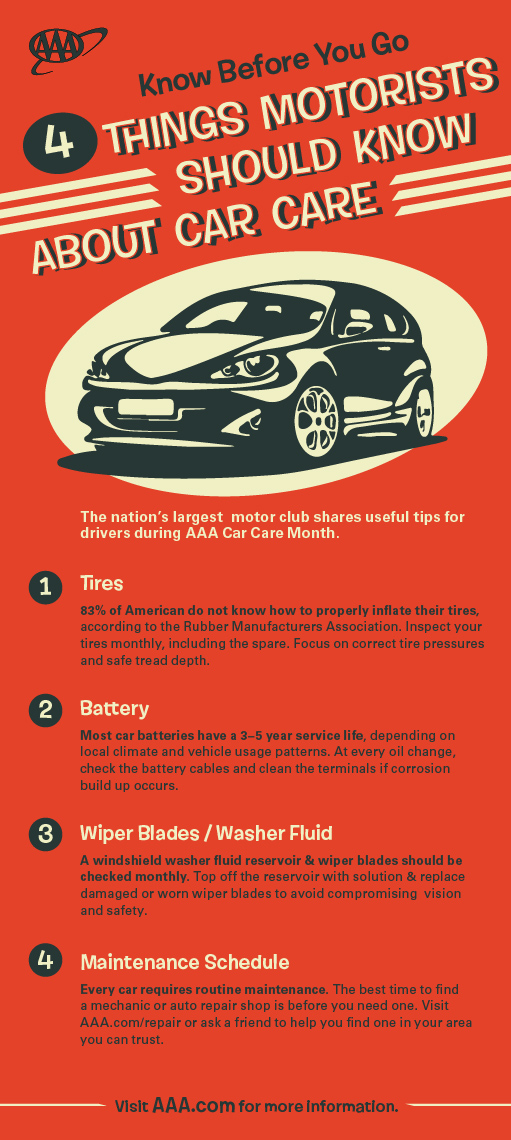Understanding Your Cars And Truck'S Caution Lights: What Do They Really Mean?
Understanding Your Cars And Truck'S Caution Lights: What Do They Really Mean?
Blog Article
Article By-Cummings Mendez
When you lag the wheel, those radiant warning lights on your dashboard can be a bit bewildering. Do you know what they're trying to tell you regarding your auto's health? Understanding the importance of these lights is essential for your security and the long life of your automobile. So, the following time one of those lights appears, wouldn't you want to understand its message properly and take the needed steps to resolve it?
Common Warning Lights and Interpretations
Recognize usual warning lights in your cars and truck and understand their definitions to make certain risk-free driving.
One of the most typical caution lights include the check engine light, which signals concerns with the engine or exhausts system. If this light comes on, it's vital to have your vehicle inspected without delay.
The oil pressure warning light indicates low oil stress, calling for instant focus to avoid engine damage.
A blinking battery light may suggest a malfunctioning charging system, possibly leaving you stranded if not resolved.
The tire pressure monitoring system (TPMS) light alerts you to low tire pressure, influencing automobile stability and gas effectiveness. Overlooking this might result in unsafe driving conditions.
The abdominal light suggests an issue with the anti-lock braking system, jeopardizing your ability to stop quickly in emergency situations.
Finally, the coolant temperature level advising light warns of engine overheating, which can cause severe damages otherwise solved swiftly.
Understanding these typical warning lights will aid you address issues immediately and keep secure driving problems.
Significance of Prompt Attention
Comprehending the usual warning lights in your cars and truck is only the initial step; the value of promptly addressing these cautions can't be stressed sufficient to ensure your safety on the road.
When a warning light brightens on your dashboard, it's your car's way of interacting a possible problem that requires attention. Ignoring these warnings can result in extra serious problems later on, endangering your safety and potentially costing you more in repairs.
Motivate focus to alerting lights can prevent failures and mishaps. For instance, a blinking check engine light could suggest a misfire that, if left unattended, might create damages to the catalytic converter. Resolving this without delay can save you from a pricey fixing.
Likewise, a brake system warning light might signal low brake fluid or worn brake pads, critical elements for your security when driving.
DIY Troubleshooting Tips
If you notice a caution light on your dashboard, there are a couple of do it yourself troubleshooting pointers you can attempt prior to looking for specialist help.
The very first step is to consult your automobile's guidebook to comprehend what the details warning light indicates. Occasionally the problem can be as simple as a loose gas cap setting off the check engine light. Tightening the gas cap may fix the trouble.
One more common concern is a reduced battery, which can cause numerous warning lights. Checking the battery connections for rust and ensuring they're secure could repair the trouble.
If a warning light continues, you can try resetting it by detaching the automobile's battery for a couple of minutes and afterwards reconnecting it. Furthermore, checking average cost of car ac repair , such as oil, coolant, and brake liquid, can help troubleshoot warning lights associated with these systems.
Final thought
Finally, recognizing your auto's warning lights is important for maintaining your vehicle running smoothly and securely. By quickly attending to these notifies and understanding what they indicate, you can stay clear of expensive repair services and potential failures.
Keep in mind to consult your vehicle's manual for specific information on each cautioning light and do something about it appropriately to make certain a trouble-free driving experience.
Keep educated, remain hop over to here on the road!
